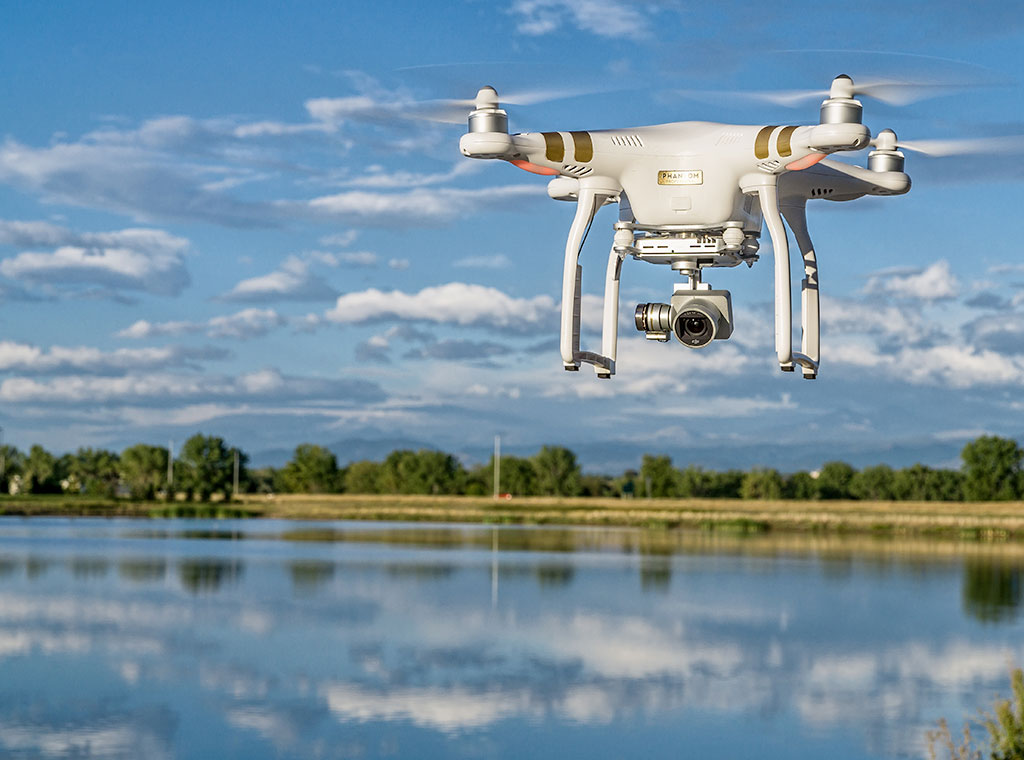RELATED CAPABILITIES:
Establish Risk-Based Thresholds for Approvals Needed to Certify UAS for Safe Operation (A27_A11L.UAS.71)
A particularly important human factors consideration for the Federal Aviation Administration (FAA) is a determination regarding the training, minimum operator qualification and certification standards for pilots and visual observers (VOs) involved in advanced and complex unmanned aircraft system (UAS) flight operations. At present, Title 14 of the Code of Federal Regulations (FARs) Part 107 provides an initial framework for small UAS pilot certification within visual line of sight but unfortunately falls short to serve as a long term strategic solution to the lingering issue of UAS performance based airworthiness certification for complex operations, pilot training, qualification and certification. This proposal is aimed at helping proponents be more successful in obtaining Part 107 waivers, submitting exemptions under UAS Section 44807, and eventually providing appropriate performance-based evidence of safety assurance pertinent to the proposed operations. This evidence includes airworthiness considerations as well as pilot training factors. Flight operations of sophisticated UAS below 55lbs and platforms considered close range, large or complex may require pilots to maintain certain certification requirements that may have overlap with the requirements currently established for piloting manned aircraft. The level of overlap between manned and unmanned flight in terms of pilot qualifications is uncertain but could have significant implications towards the growth of the industry. This research aims to examine the extent to which the manned pilot training paradigm (i.e., Part 61 and 141) could serve as the foundation to shape future UAS pilot training and certification requirements. Addressing this human factors gap in knowledge may aid to alleviate a barrier towards the safe, efficient, effective, and timely expanded full-scale integration of UAS into the National Airspace System (NAS). This proposed research supports three critical components of the UAS Integration Research Plan: (1) UAS pilot training and certification requirements to inform the development of standards, (2) VO requirements to inform the development of standards, and (3) expanded and non-segregated operations. Expanded and non-segregated operations over people beyond visual line of sight (BVLOS) are anticipated to enable future UAS interoperability in controlled airspace with manned aircraft at varying altitudes and on instrument flight rules. Under this premise, UAS must be properly equipped with technologies that harmoniously exchange data and flight information with traditional manned aircraft and thus, UAS pilots should be trained and certificated under the same level of rigor as established in the current manned pilot training paradigm.
FINAL REPORT | 
POC:
Kurt J. Carraway
Department Head | UAS Executive Director
UAS Program
Applied Aviation Research Center
Kansas State University
Email: kcarraway@ksu.edu
Phone: 785.833.2152




